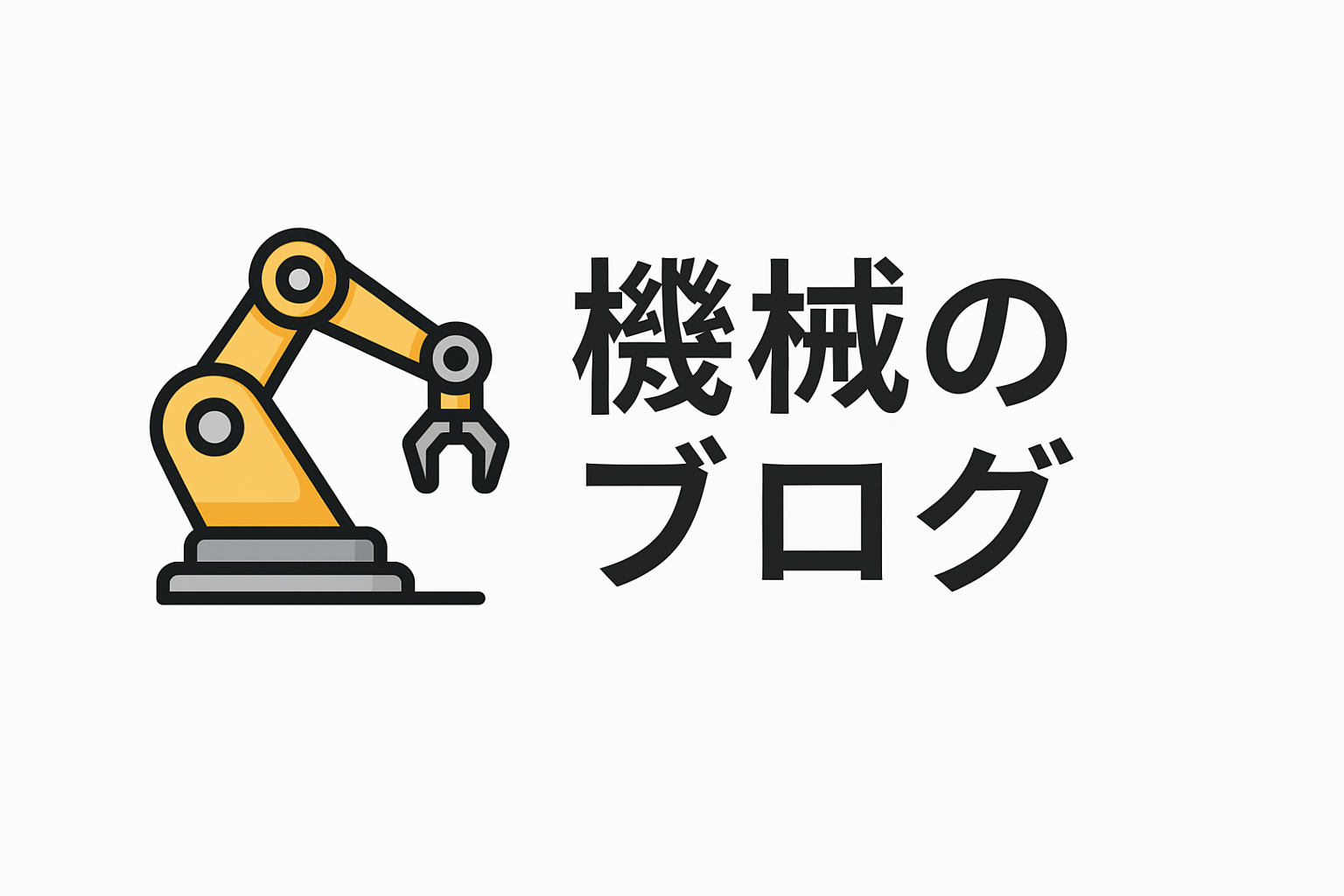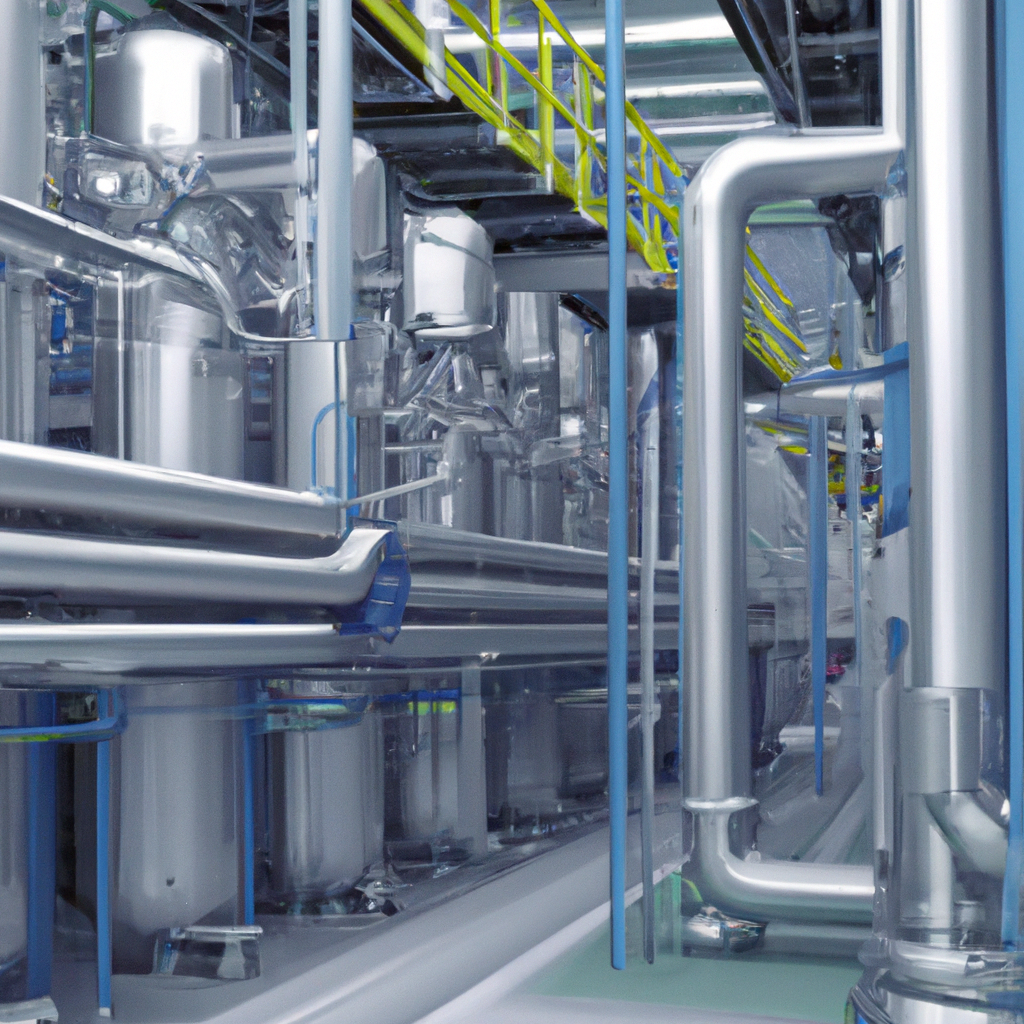Future Factory Technology Fair: A Glimpse into Tomorrow’s Manufacturing
The manufacturing sector is on the brink of a transformative era, driven by rapid technological advancements. The Future Factory Technology Fair is an event that showcases cutting-edge innovations set to revolutionize how factories operate. This article delves into the highlights of the fair, examining key technologies and trends that are shaping the future of manufacturing. From automation and AI to sustainable practices and smart factories, let’s explore what lies ahead for the industry.
Section 1: Automation and Robotics
Automation and robotics are at the forefront of manufacturing innovation, promising increased efficiency and precision. At the Future Factory Technology Fair, several exhibitors demonstrated the latest in robotic technologies, from collaborative robots (cobots) to advanced automation systems.
One key highlight was the integration of AI with robotics, enabling machines to learn and adapt to various tasks with minimal human intervention. This not only reduces error rates but also improves production speed and quality. For instance, AI-powered vision systems allow robots to perform complex assembly tasks, enhancing their ability to work alongside humans safely and effectively.
Moreover, the fair showcased modular robotic systems that can be easily reconfigured to meet changing production needs. These systems provide flexibility, allowing manufacturers to quickly adapt to new product lines or fluctuations in demand.
Section 2: The Internet of Things (IoT) and Connectivity
The Internet of Things (IoT) is transforming factories into interconnected ecosystems, where machines, devices, and systems communicate seamlessly. At the fair, IoT solutions were prominently featured, emphasizing their role in creating smart factories.
IoT-enabled devices collect data from various stages of the production process, providing real-time insights into machine performance and production efficiency. This data-driven approach allows manufacturers to optimize operations, reduce downtime, and predict maintenance needs before failures occur.
Additionally, the fair highlighted advancements in connectivity technologies, such as 5G, which offer faster and more reliable communication between devices. This enhanced connectivity ensures that data flows smoothly across the factory floor, enabling quick decision-making and boosting overall productivity.
Section 3: Sustainable Manufacturing Practices
As environmental concerns grow, sustainable manufacturing practices have become a priority for the industry. At the Future Factory Technology Fair, numerous innovations were presented to address these challenges.
Energy-efficient machinery and renewable energy sources were key topics. Exhibitors showcased solar-powered systems and advanced energy management solutions that significantly reduce factories’ carbon footprints. Additionally, technologies for waste reduction and recycling were highlighted, including systems that convert production waste into reusable materials.
Moreover, the fair emphasized the importance of designing products with sustainability in mind, encouraging manufacturers to consider the entire lifecycle of their products. This approach not only benefits the environment but also offers a competitive advantage as consumers increasingly prefer eco-friendly products.
Section 4: Advanced Materials and Manufacturing Techniques
Innovations in materials and manufacturing techniques are paving the way for stronger, lighter, and more durable products. At the fair, several breakthroughs in material science and additive manufacturing were unveiled.
Advanced materials, such as composite polymers and metals with enhanced properties, are enabling the production of components that are both resilient and lightweight. These materials play a crucial role in industries such as aerospace and automotive, where performance and efficiency are paramount.
Additive manufacturing, commonly known as 3D printing, was another focal point. The fair featured cutting-edge 3D printing technologies capable of producing complex geometries with high precision. This innovation reduces material waste and shortens production cycles, offering significant cost savings and flexibility in design.
Section 5: Human-Machine Collaboration
The future of manufacturing hinges on effective collaboration between humans and machines. The fair showcased technologies that enhance this synergy, ensuring that the workforce can harness the full potential of technological advancements.
Wearable technologies and augmented reality (AR) were prominent, offering workers enhanced capabilities on the factory floor. Wearables, such as smart glasses, provide real-time information and guidance, improving safety and productivity. AR applications help with complex assembly tasks, offering visual instructions that reduce errors and training time.
Furthermore, the fair highlighted the importance of upskilling the workforce to work alongside advanced technologies. Training programs and educational tools were presented, focusing on equipping workers with the necessary skills to thrive in a technology-driven environment.
Conclusion
The Future Factory Technology Fair offered a comprehensive view of the innovations and trends poised to transform the manufacturing industry. From automation and IoT to sustainable practices and advanced materials, the fair underscored the importance of embracing technology to stay competitive in a rapidly evolving landscape.
As manufacturers prepare for the future, adopting these technologies will be crucial to enhancing efficiency, sustainability, and resilience. By investing in innovation and fostering human-machine collaboration, the manufacturing sector is set to enter a new era of growth and prosperity.
The Future Factory Technology Fair serves as a reminder that the future of manufacturing is bright, driven by ingenuity and a commitment to progress. As the industry evolves, these technological advancements will play a vital role in shaping a more efficient, sustainable, and interconnected world.

